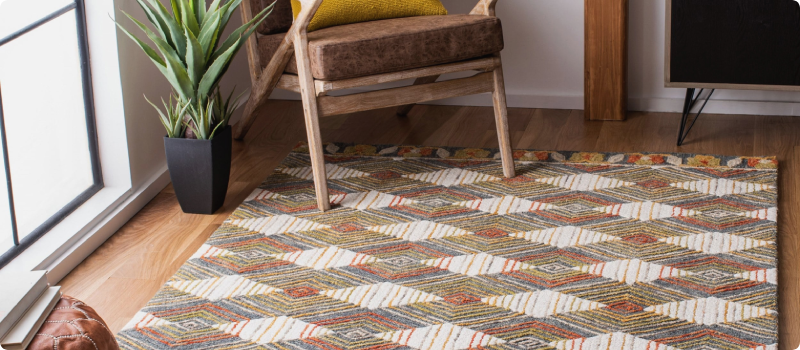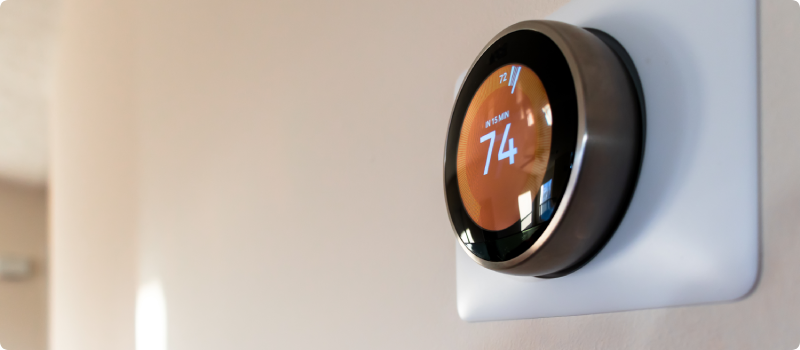
Tips for Winterizing and Insulating Your Apartment
Updated February 20, 2024 . AmFam Team
After the leaves have all fallen and the warm days of autumn are turning chilly, it’s time to think about ways of insulating your apartment. Winterizing your apartment not only keeps it toasty and warm during the cold months, but properly insulating your place can help keep your monthly energy bills down, too. Take a look at some simple and affordable ways to keep your apartment insulated and energy efficient.

Affordable Ways to Insulate Your Apartment
Preparing your apartment for the cold weather should happen early in fall so you’re ready when the weather takes a turn. Try these winterization ideas to keep warm air in and cold air out:
-
Insulate the apartment windows. To start, you can install window film to your windows from leaking cold air into your apartment. Inexpensive kits can pay for themselves quickly, and they’re virtually invisible when done correctly. You can also get a large roll of bubble wrap and cut sections to fit the glass portion of your windows.
-
Install thermal curtains. These heavy curtains are widely available at department stores and online. An added benefit of thermal curtains is that they’re also great at blocking out light while they act as thermal barriers to windows, helping keep warm air from escaping.
-
Change the ceiling fan’s direction. During the warm months, airflow aiming down can cool you off. When it’s reversed, that same fan can move warm air from the top of the room lower into the living space by simply flipping a switch found on the side of the fan.
-
Pick up a few door sweeps. Door sweeps are essentially long, thin bean bags that run the length of the door where it meets the floor on the inside of your home. They block cold outside air from entering under the door. Get one for each door that leads outside.
-
Insulate walls for heat. Wall hangings and even large ornamental rugs mounted to an exterior wall can significantly reduce the amount of heat loss that would result otherwise. Much like leaky windows that can drain a space of its heat, a cold outside wall can be kept a bit warmer with a thermal barrier.
-
Get thick floor coverings. Another great way to keep the cold at bay is to warm up your rooms with area rugs. Hardwood does have its appeal, but many of the older floors have seen better days and are not well sealed, allowing air to escape through them. A thermal barrier like a thick rug and a pad under it can do wonders to cut down on the surface area that’s exposing your apartment to heat loss through the floor.


Lower Your Energy Bills with Your Landlord’s Help
Some of the tips below may need your landlord’s approval or help in getting the job done:
-
Seal leaky windows with rope caulk. If you can see daylight between your window and the outside, or if it’s noticeably colder near the window, filling the space with rope caulk is a simple fix.
-
Inspect your HVAC ducts. Ask that your landlord take a look around the exposed portions of you HVAC ducts and inspect them for leaks and holes. Seal them up with duct tape or another heat tolerant tape to ensure that your warm air gets where it’s supposed to go.
-
Look at the attic door. As much as 30% of your heat can escape through the attic door if it’s not sealed well. Get on a ladder and take a look at how the ceiling door is closing and use rope caulk or other sealers to keep warm air from drifting away.
-
Get your water heater a blanket. Check with your landlord and see if your water heater can be fitted with an insulating blanket. These simple jackets seal together with inexpensive silver aluminum foil tape so your water stays hot longer.
-
Get smart about temperature control. Installing a Wi-Fi-enabled smart thermostat, like Nest, is a great way to custom-program and control your heating budget. Want to learn more about the power of Wi-Fi in your home? Check out the details on how to get smart home savvy.

Small adjustments to your living space can make your place more comfortable and help keep the bills down. Don’t forget — while you’re making changes to your home in preparation for winter, take a little time and review your renters policy with an American Family Insurance agent.
This article is for informational purposes only and includes information widely available through different sources. This article does not afford, offer, or guarantee any coverage.

